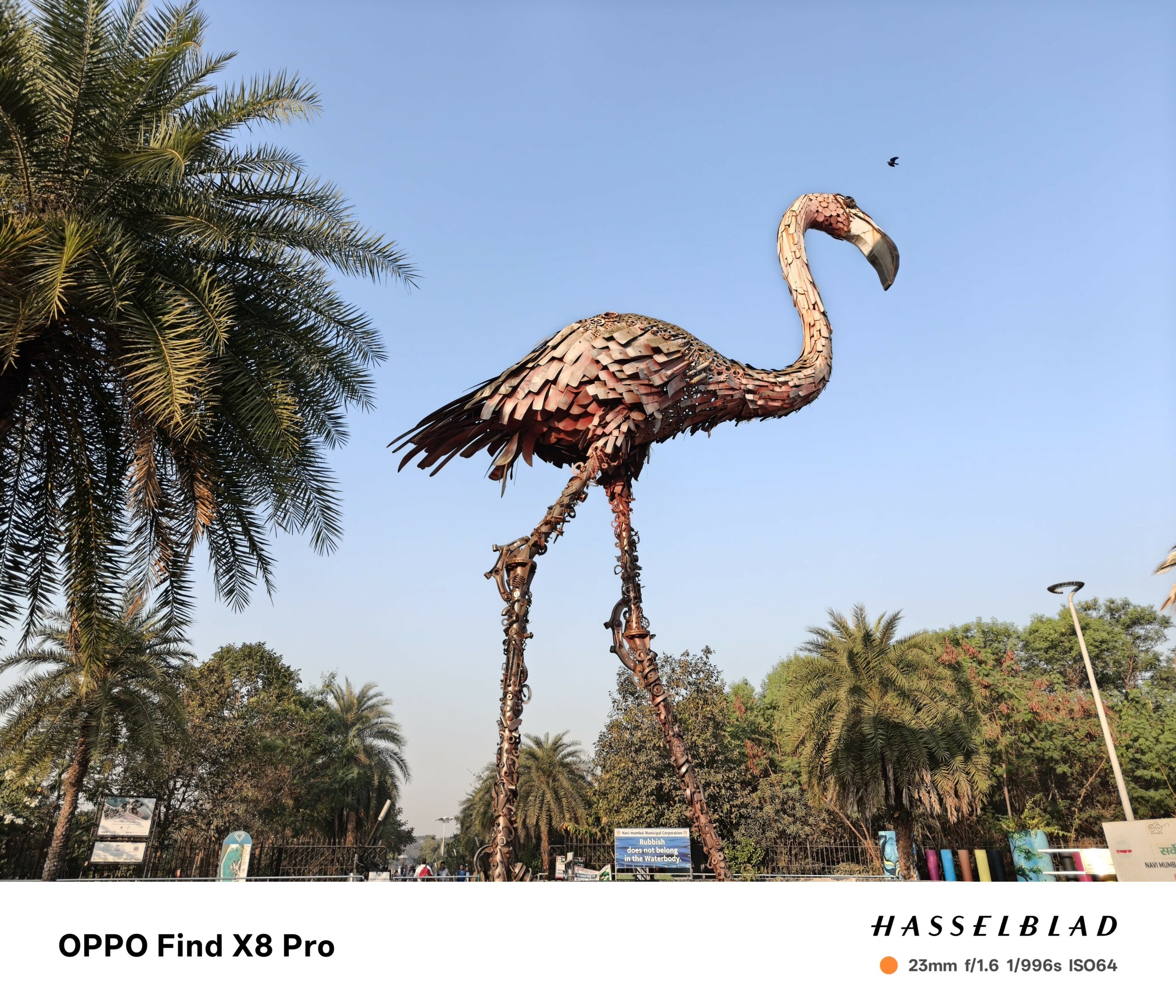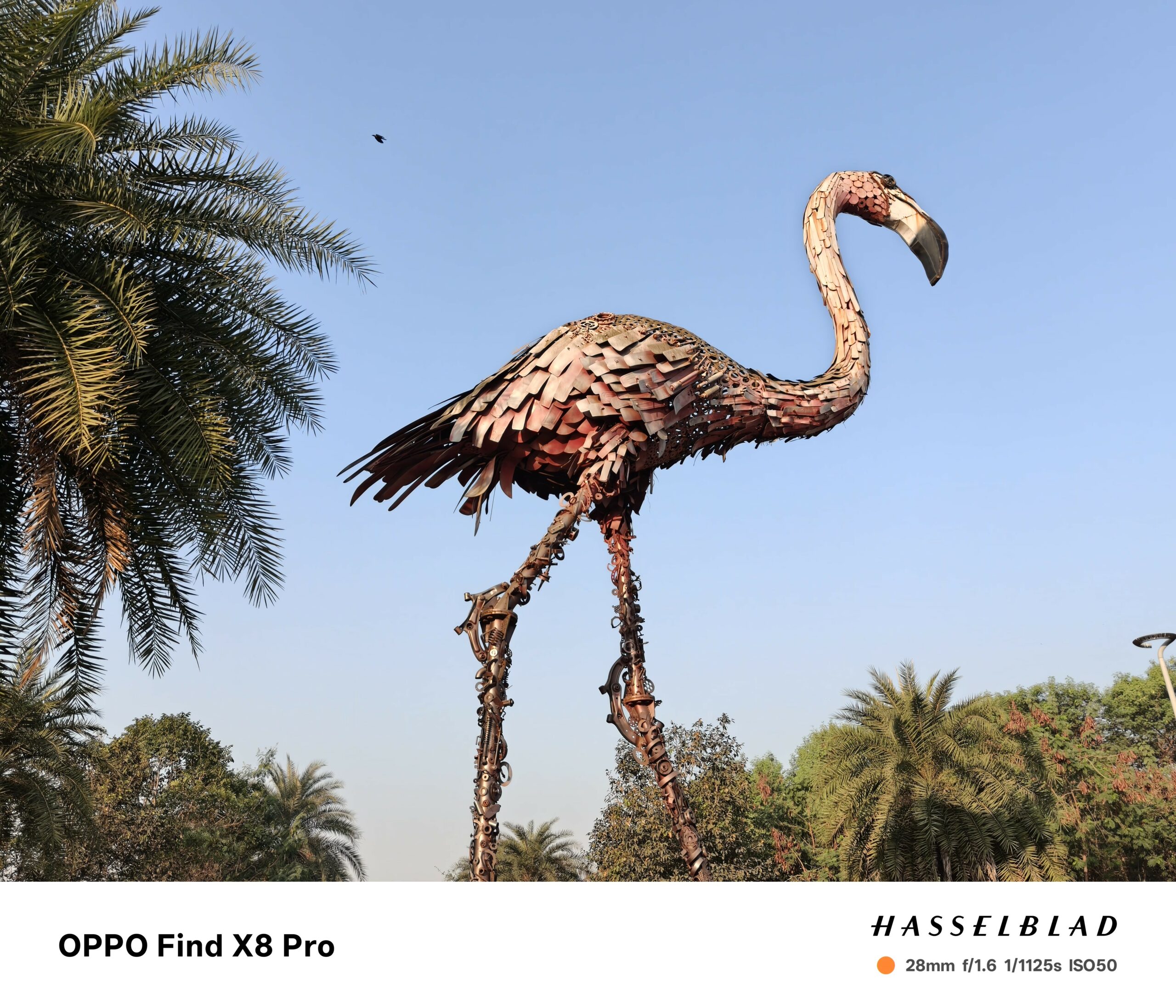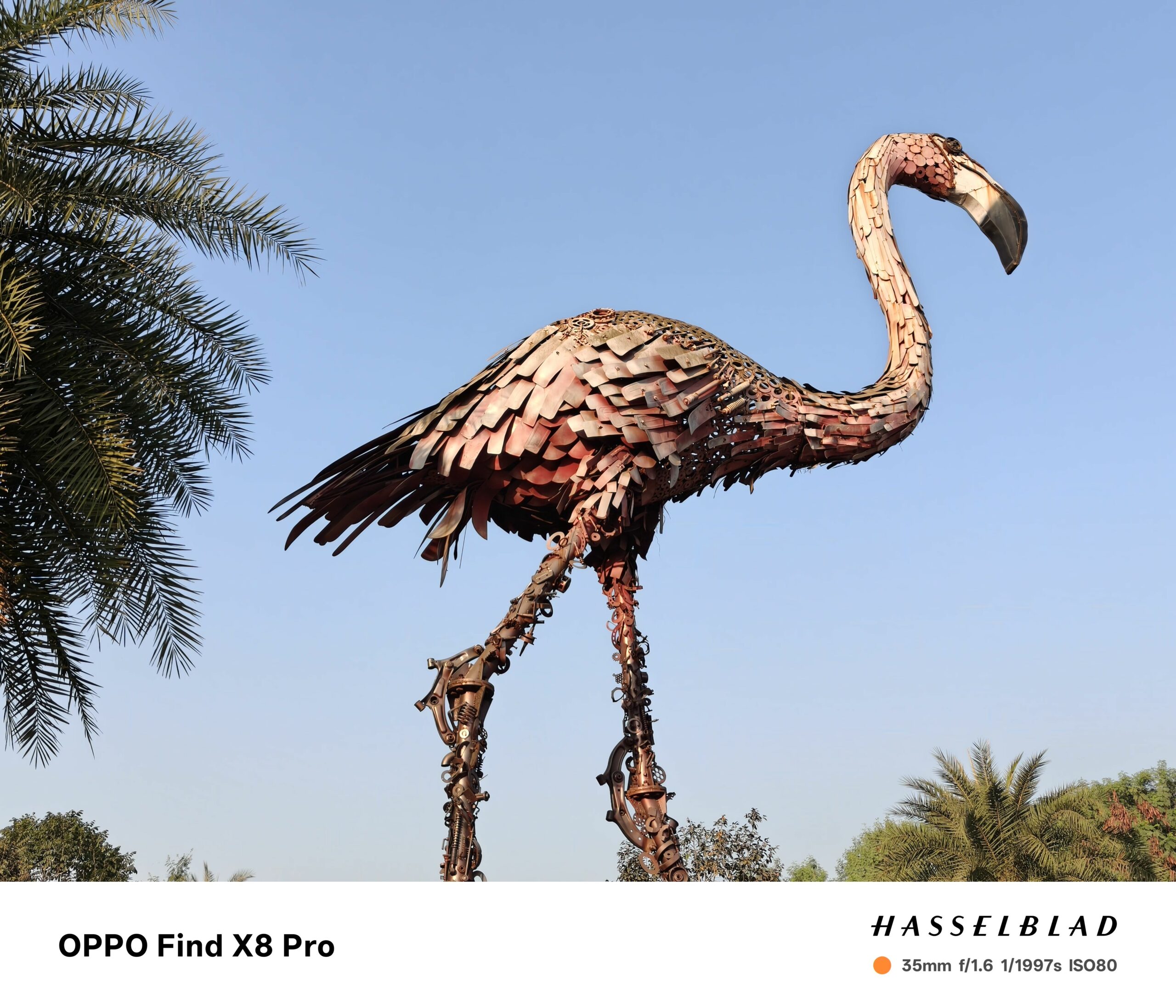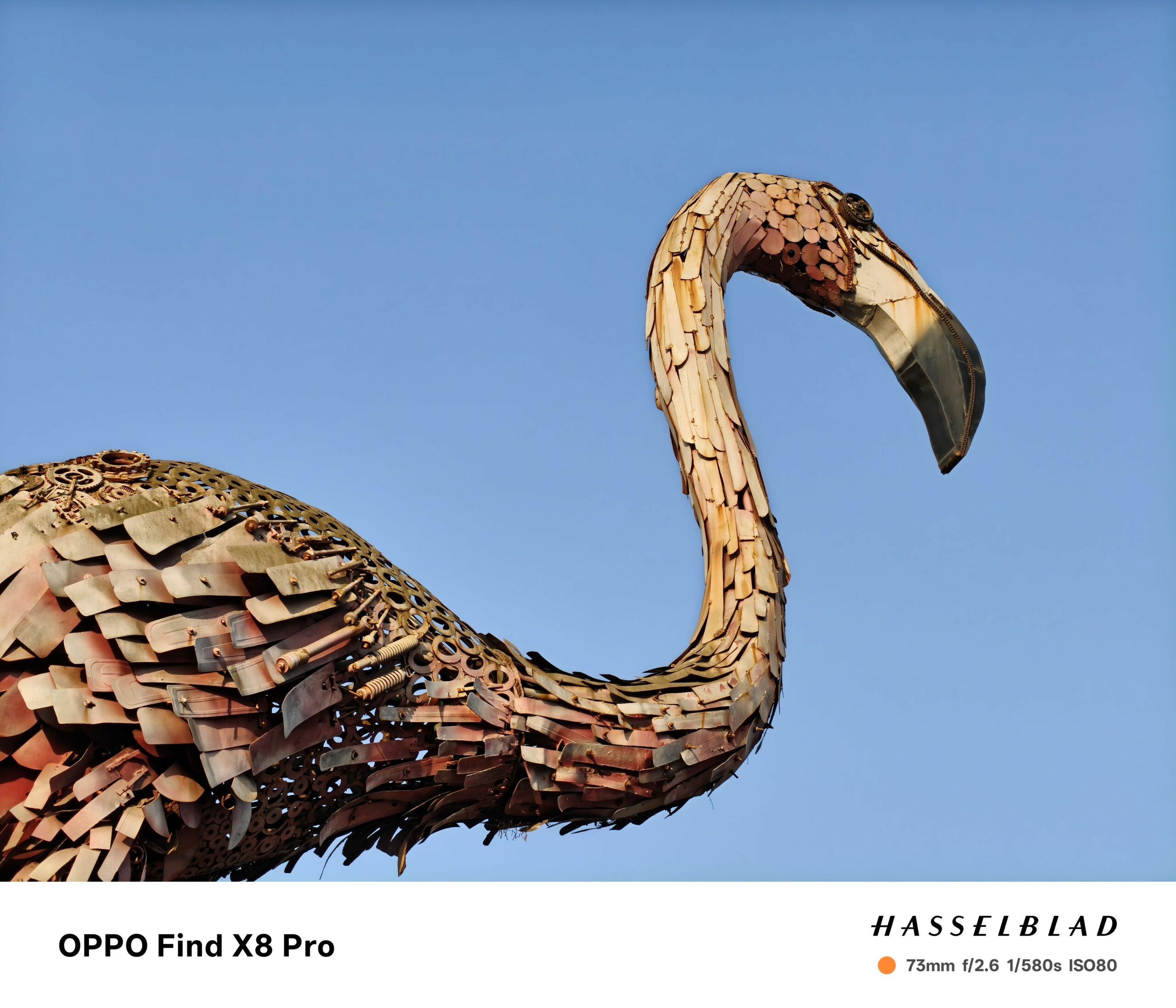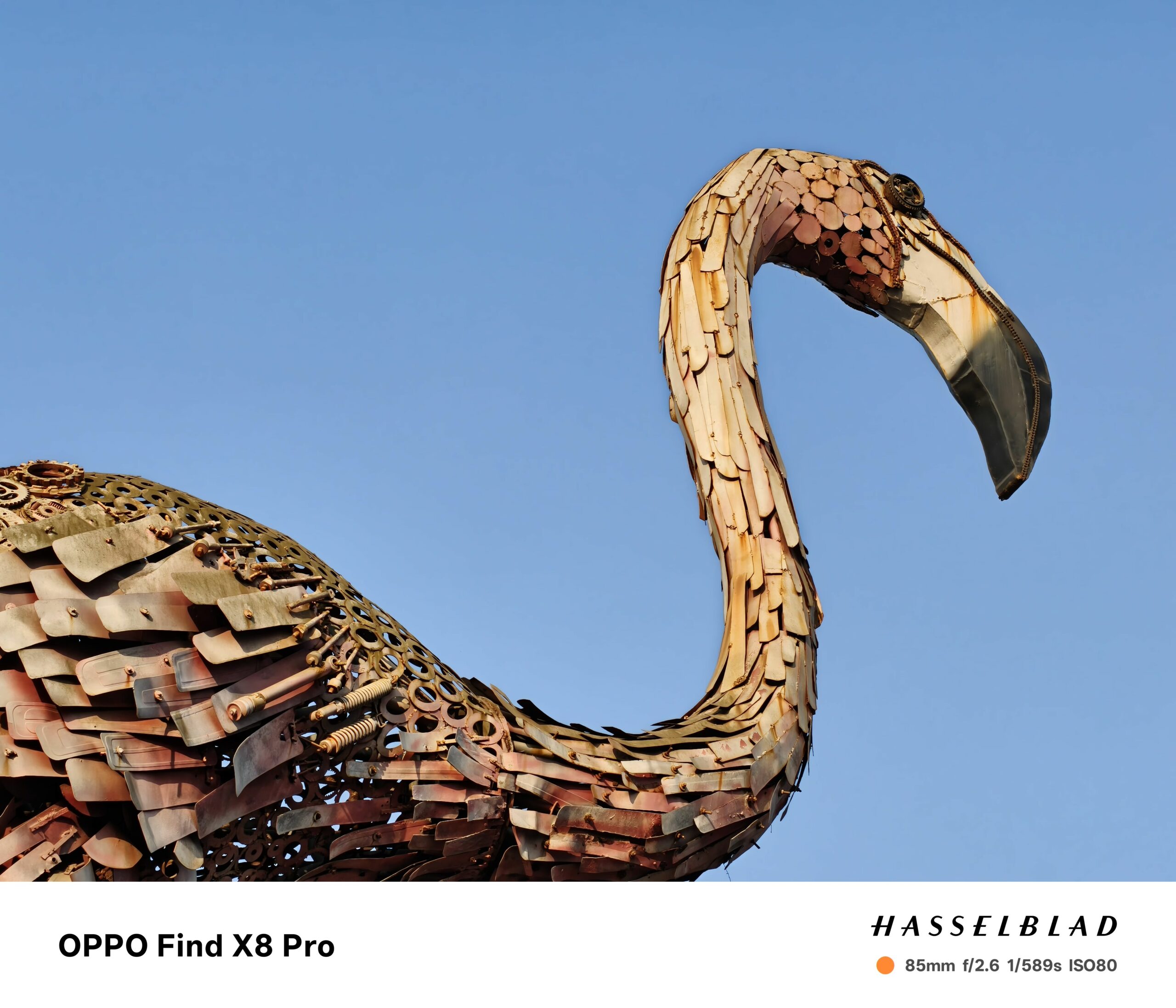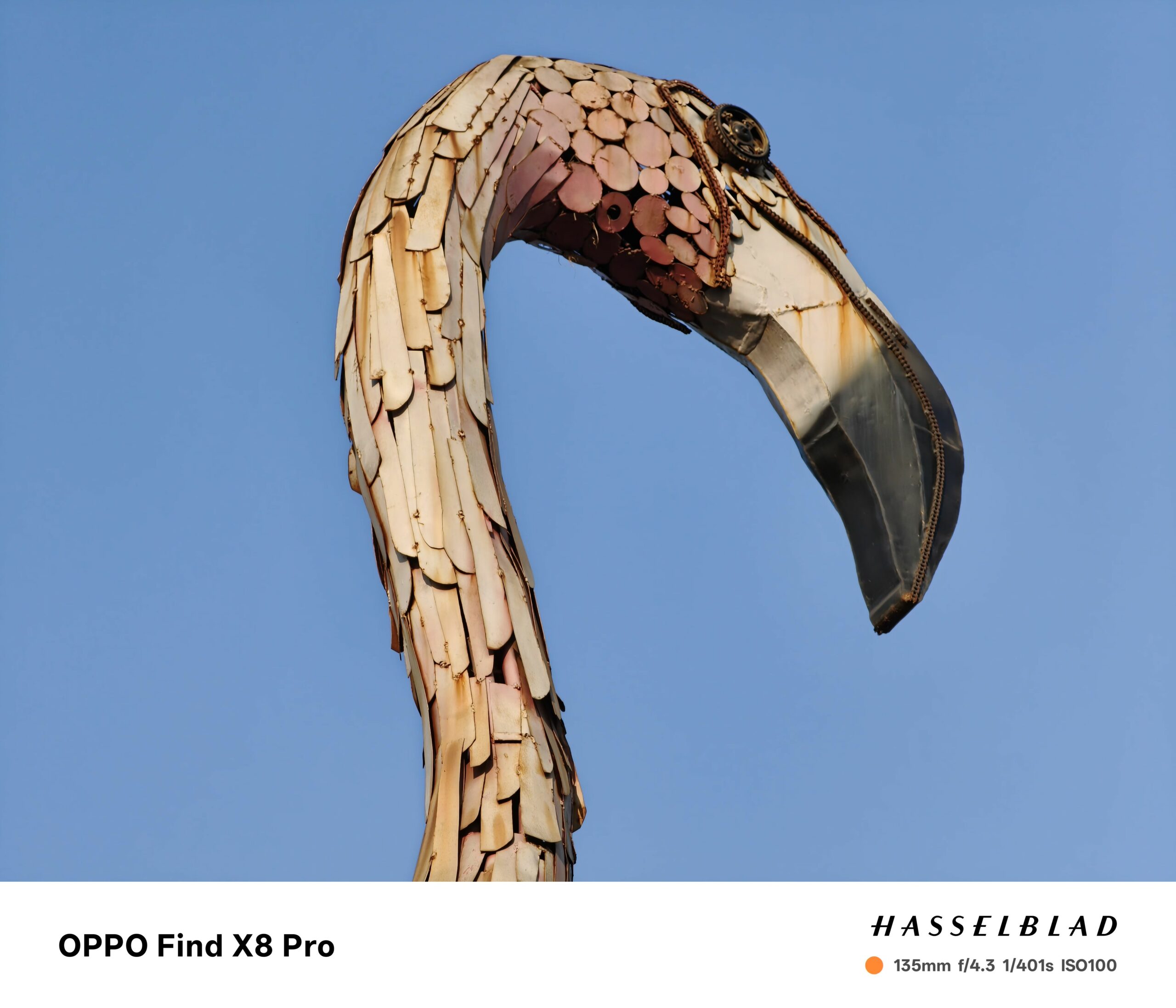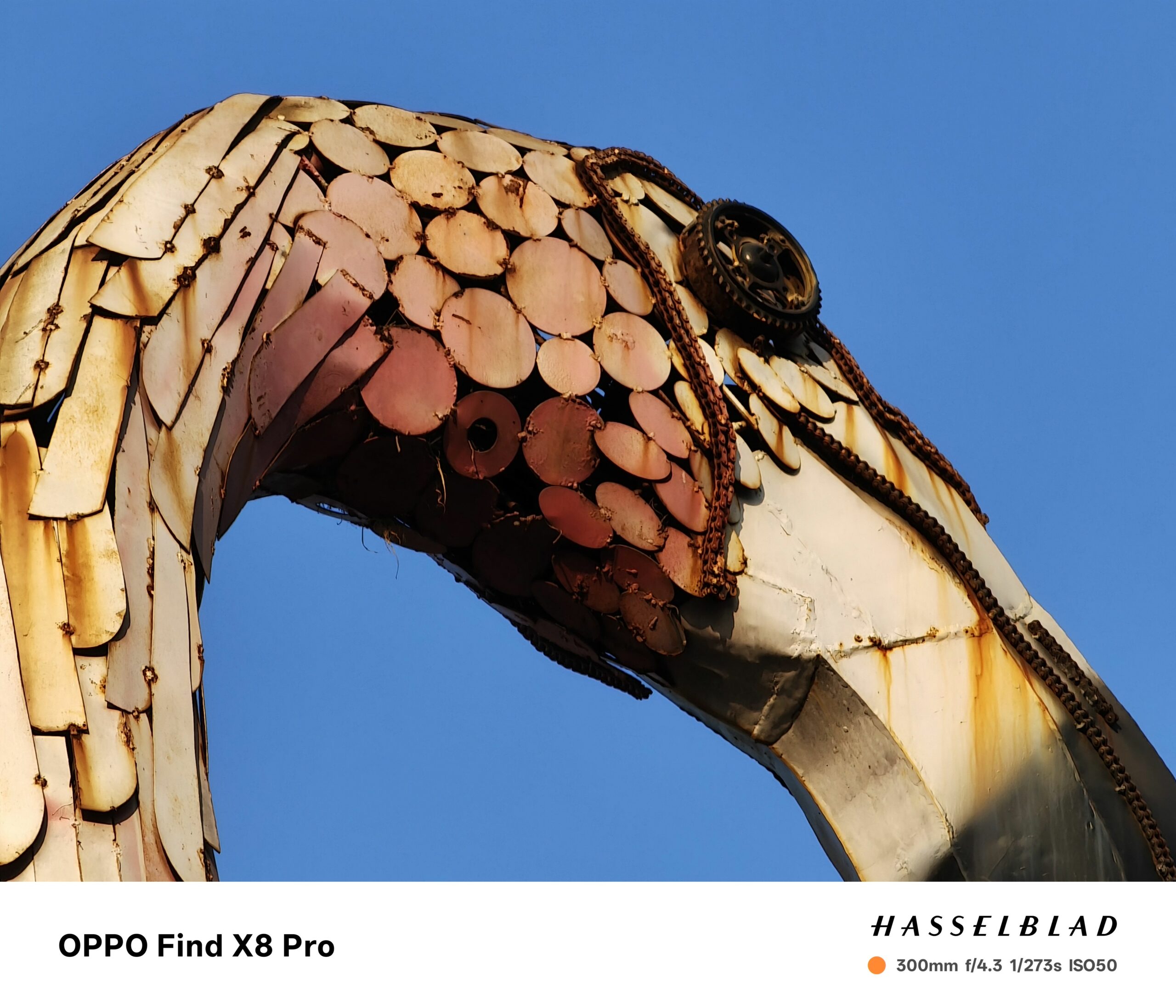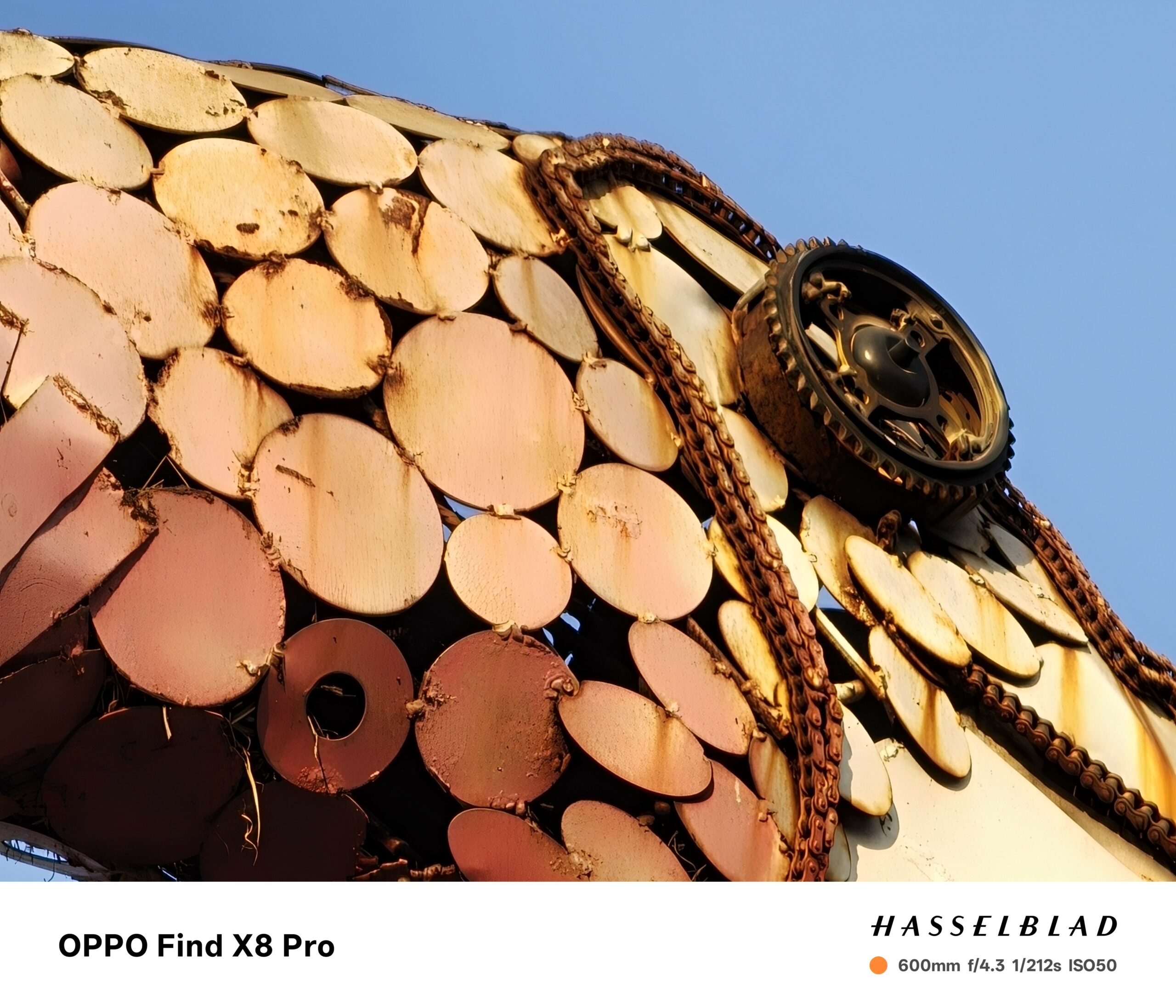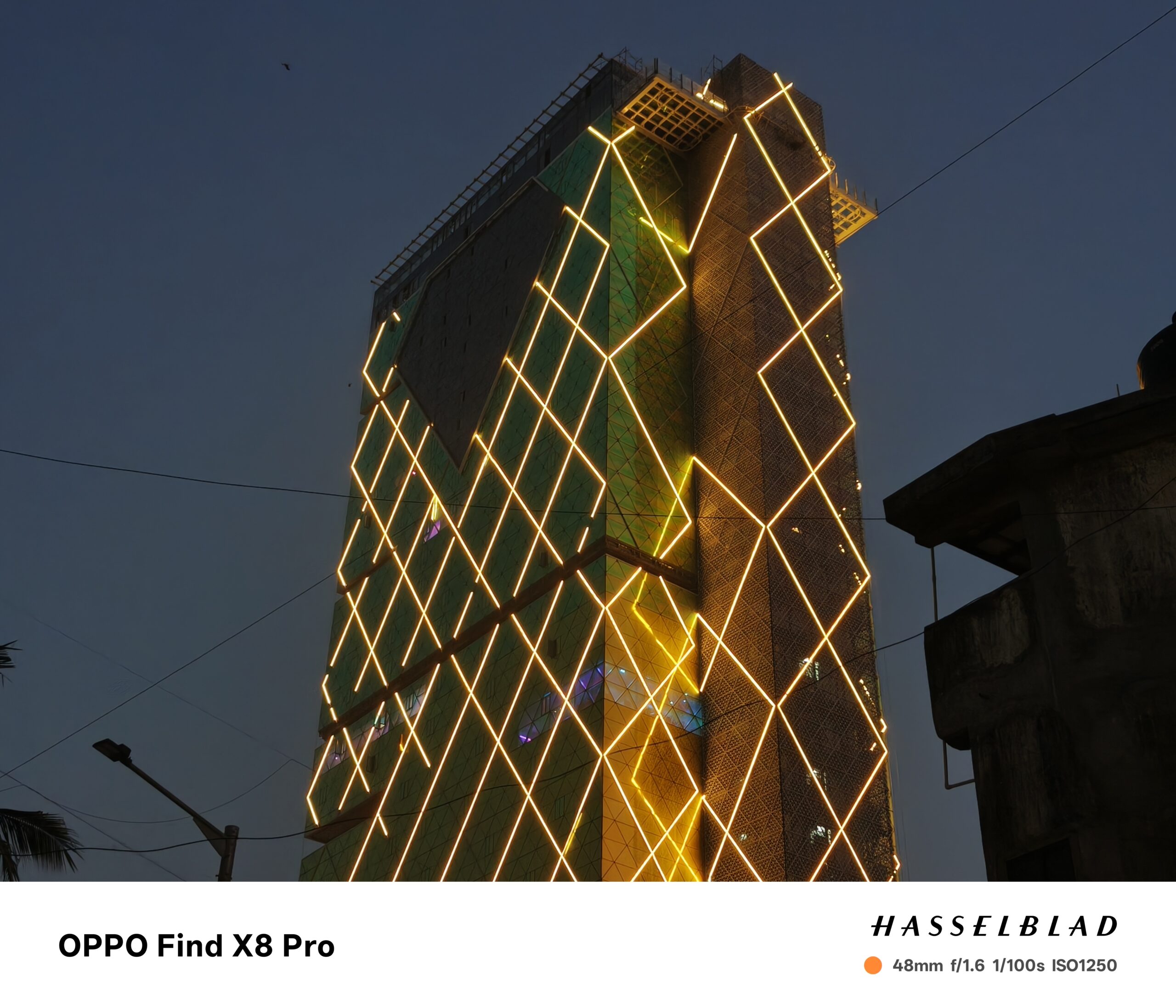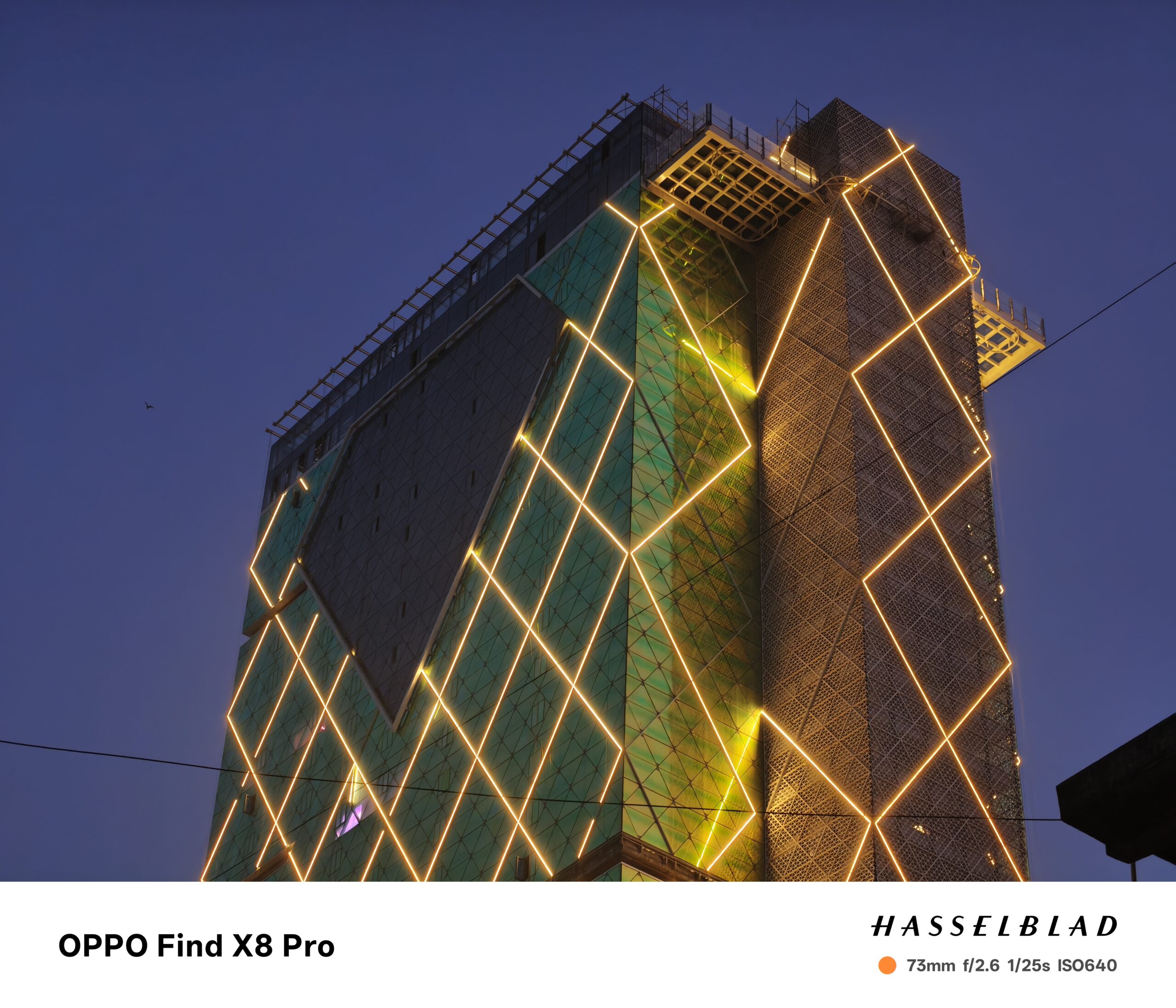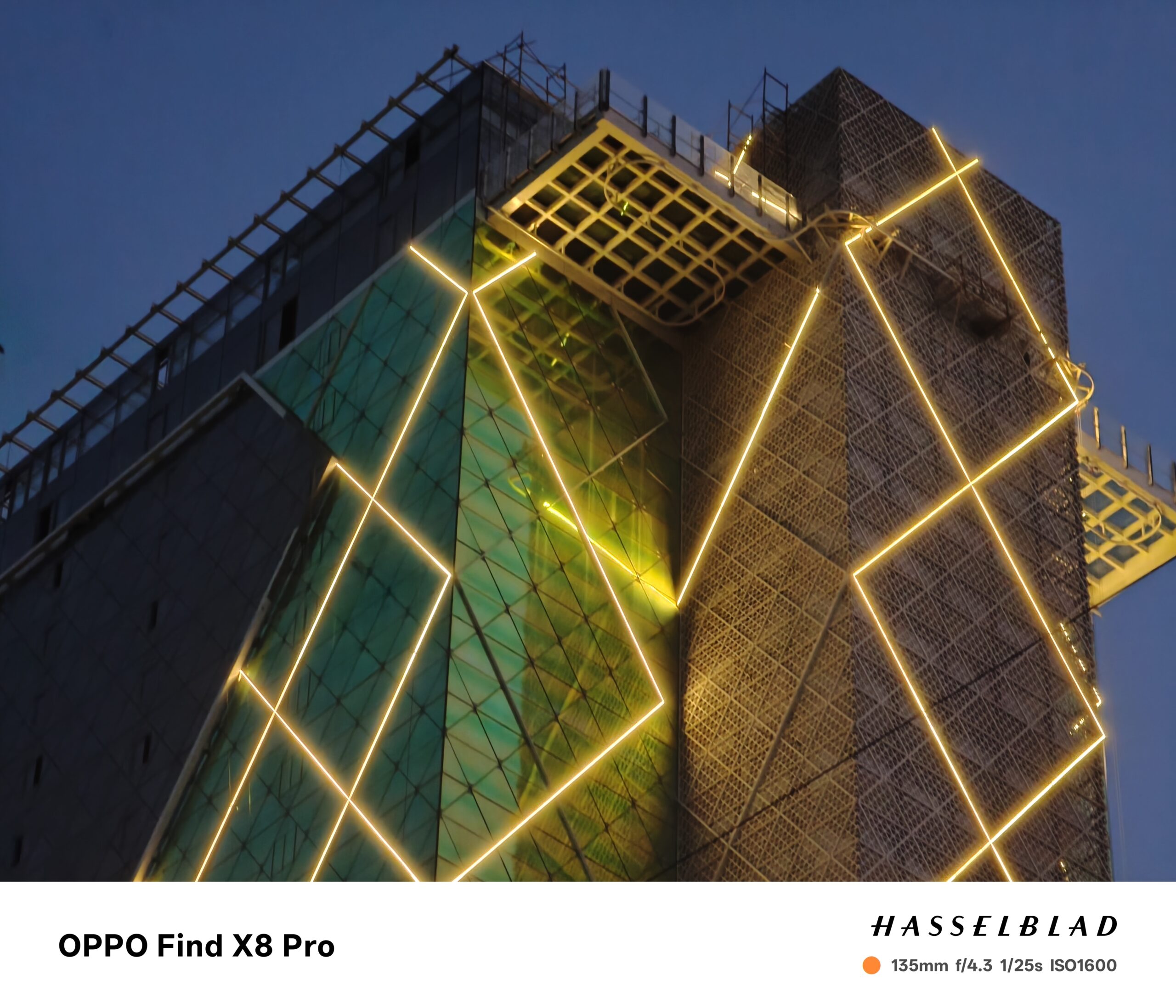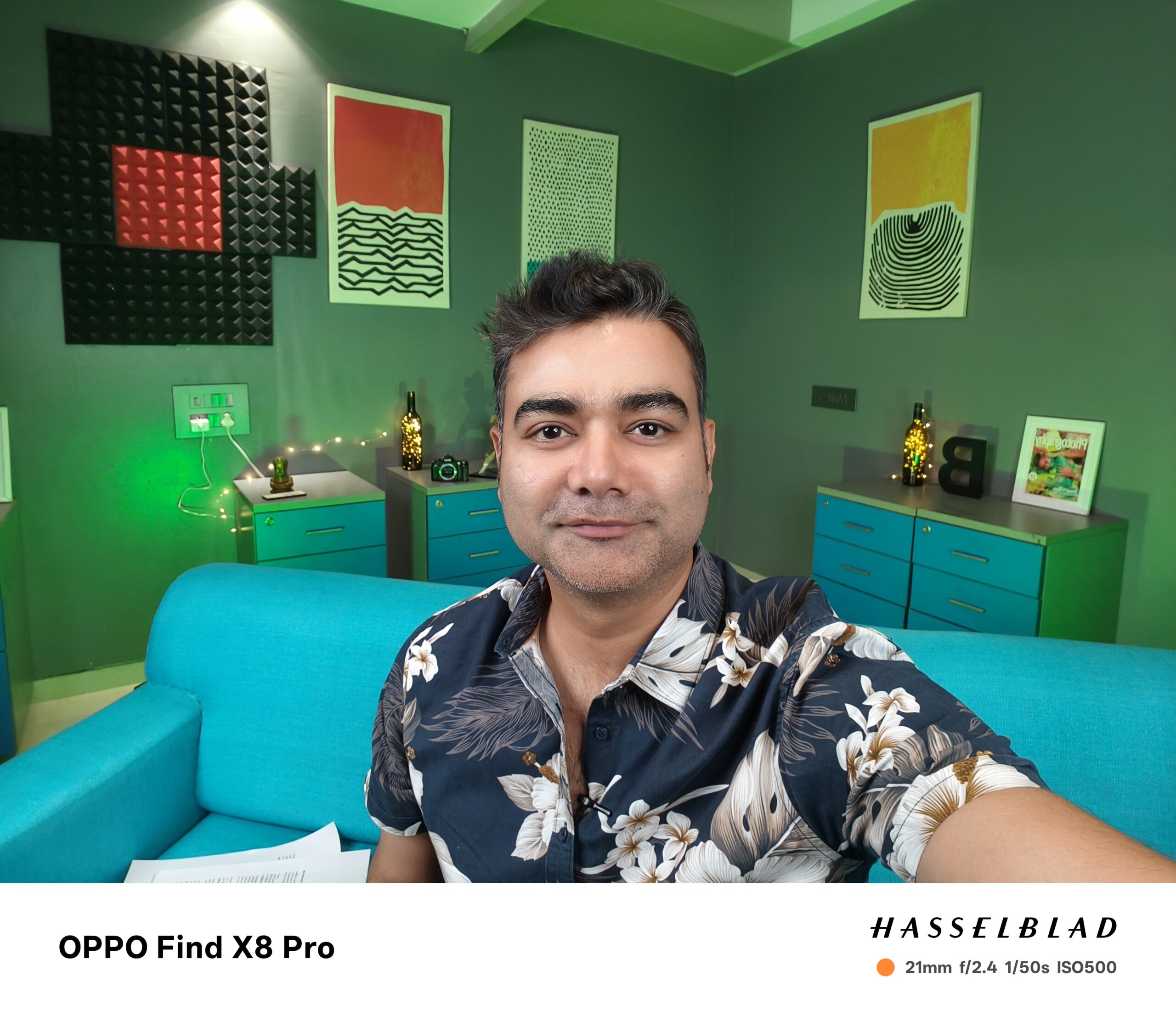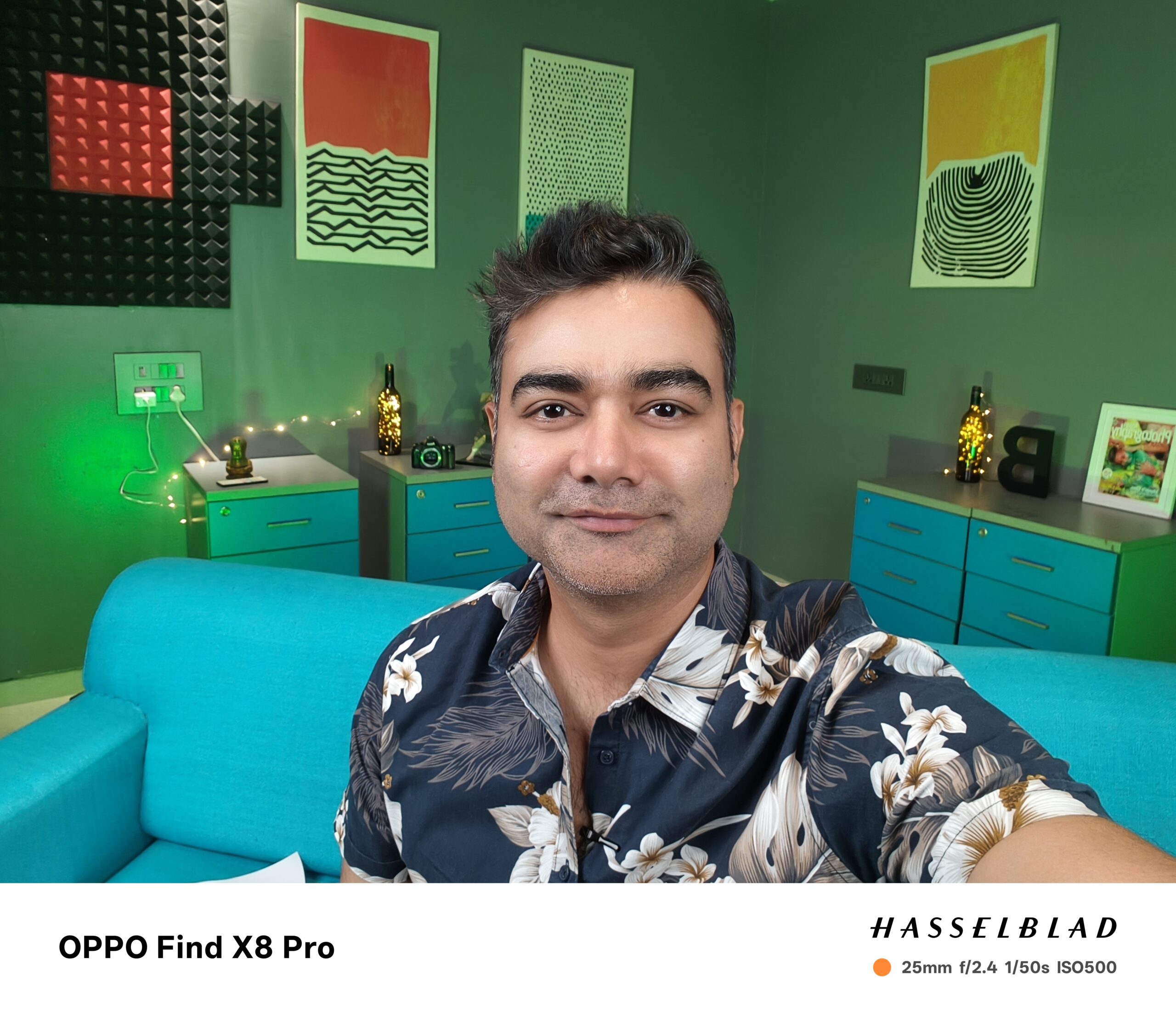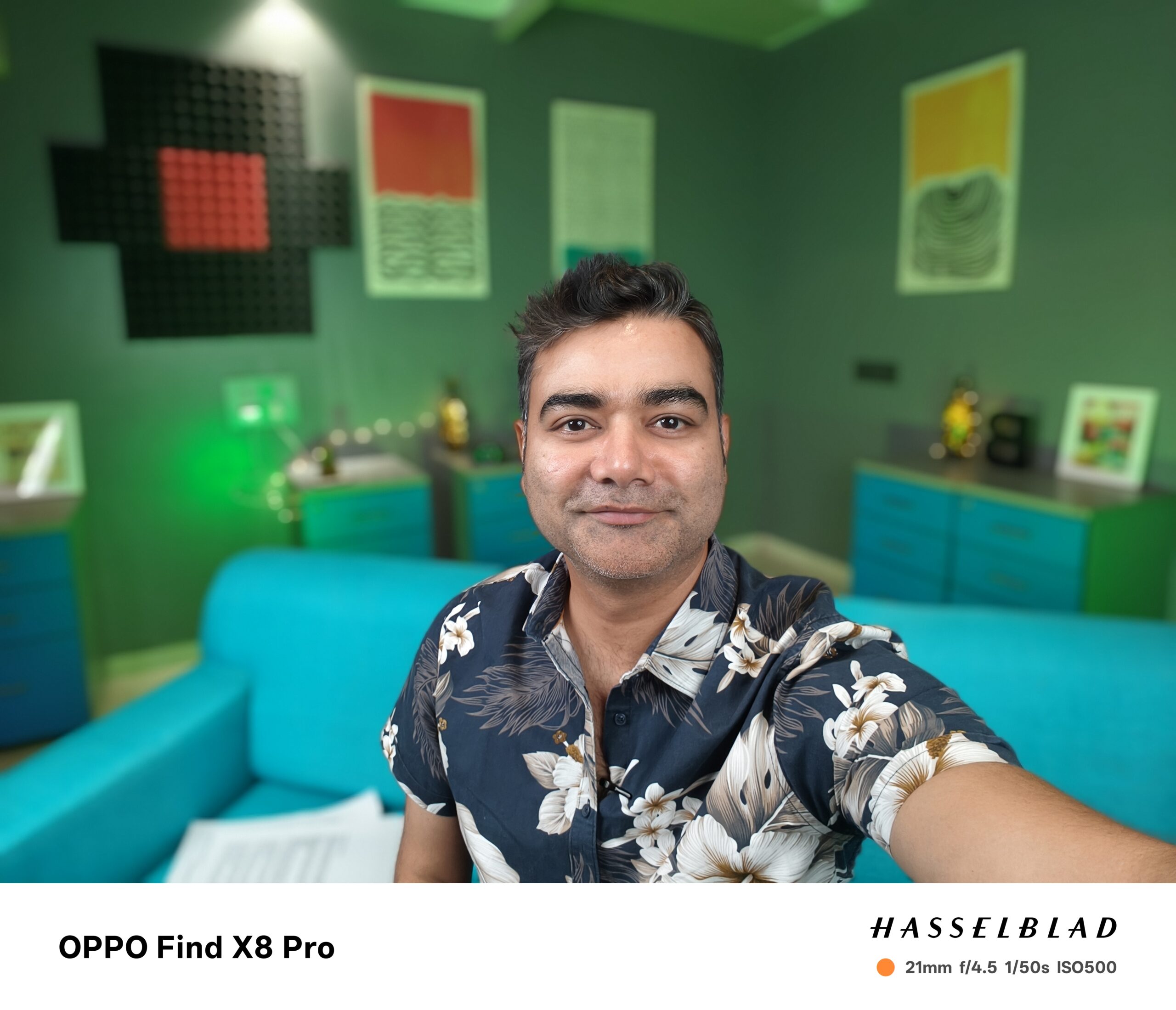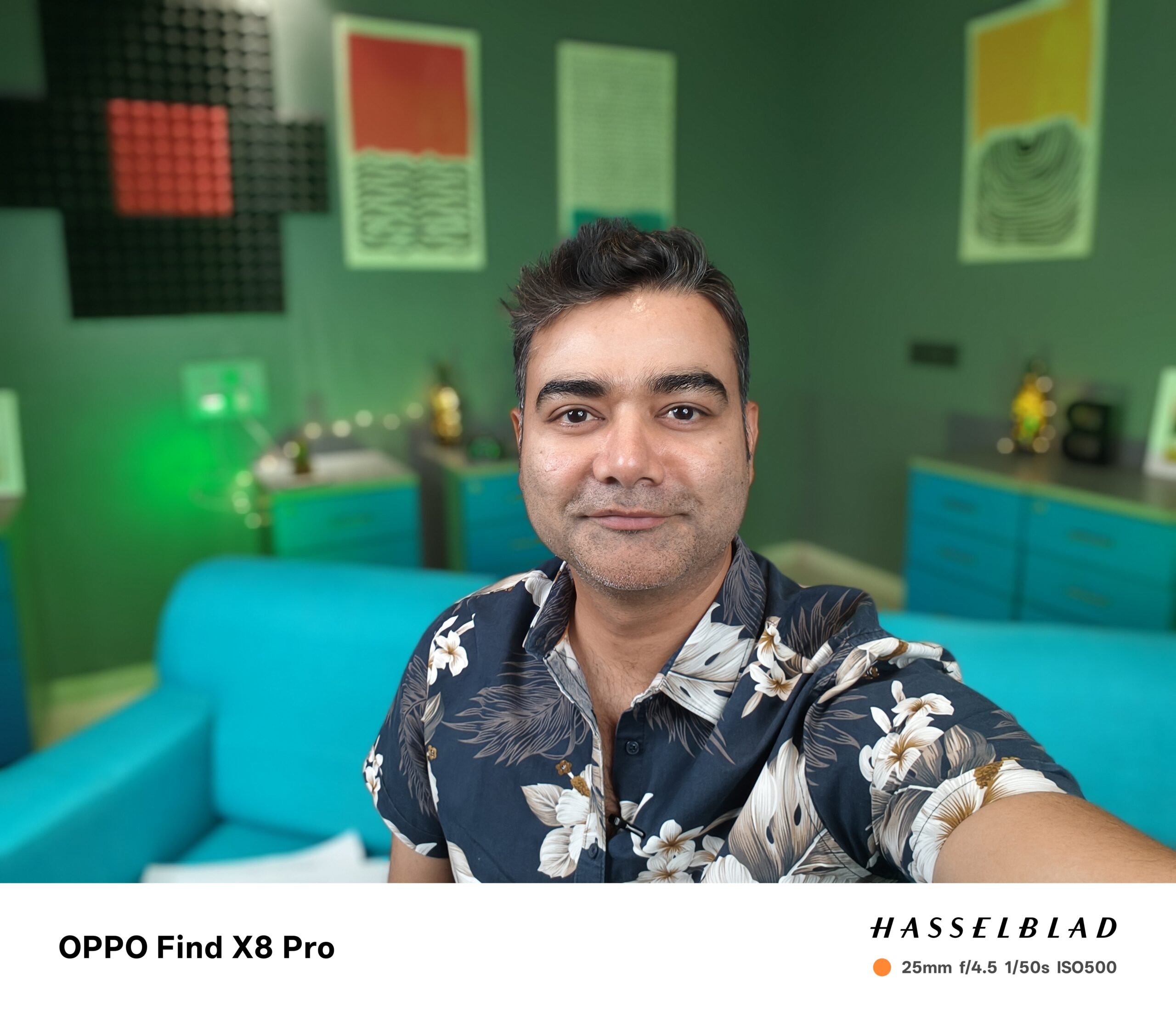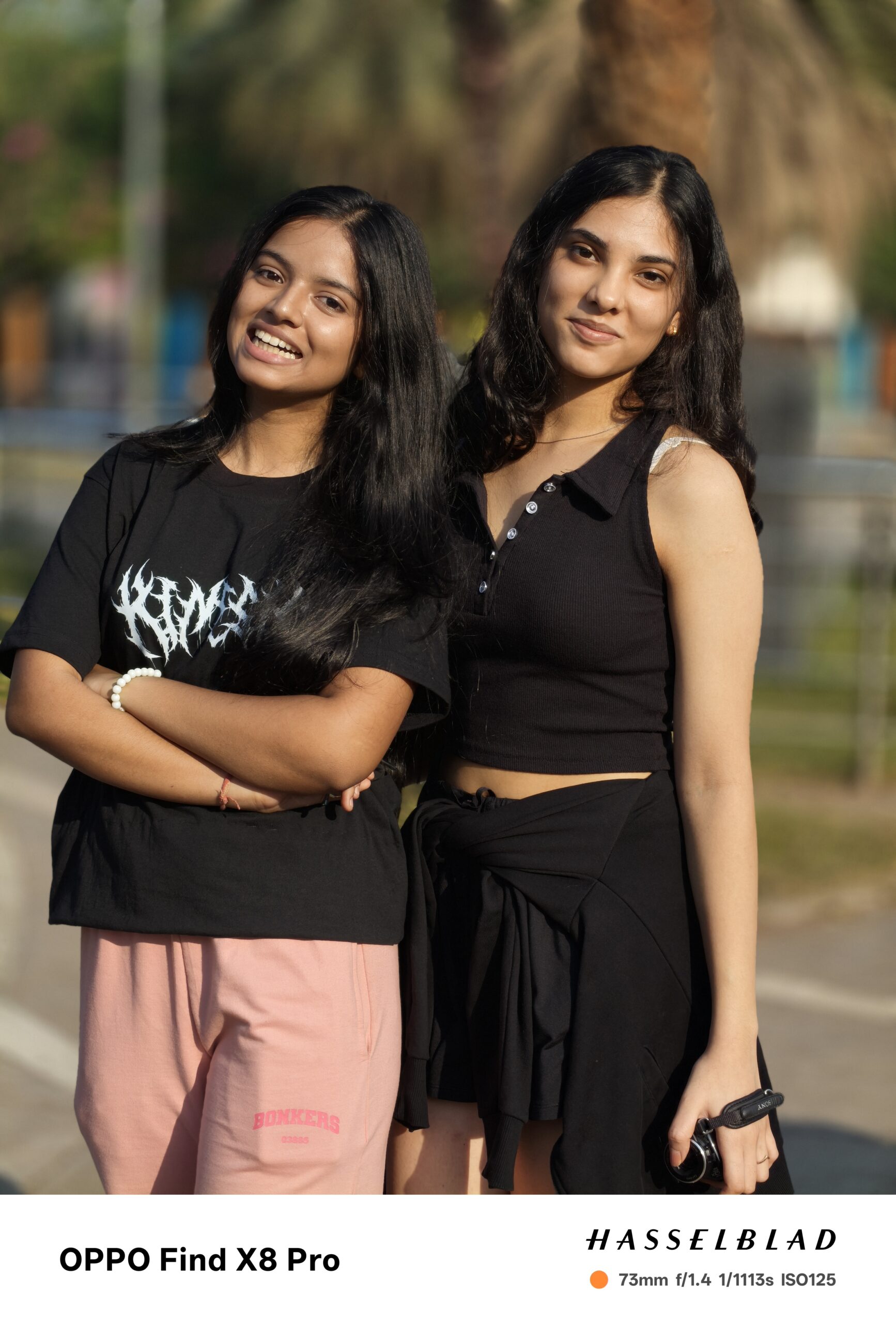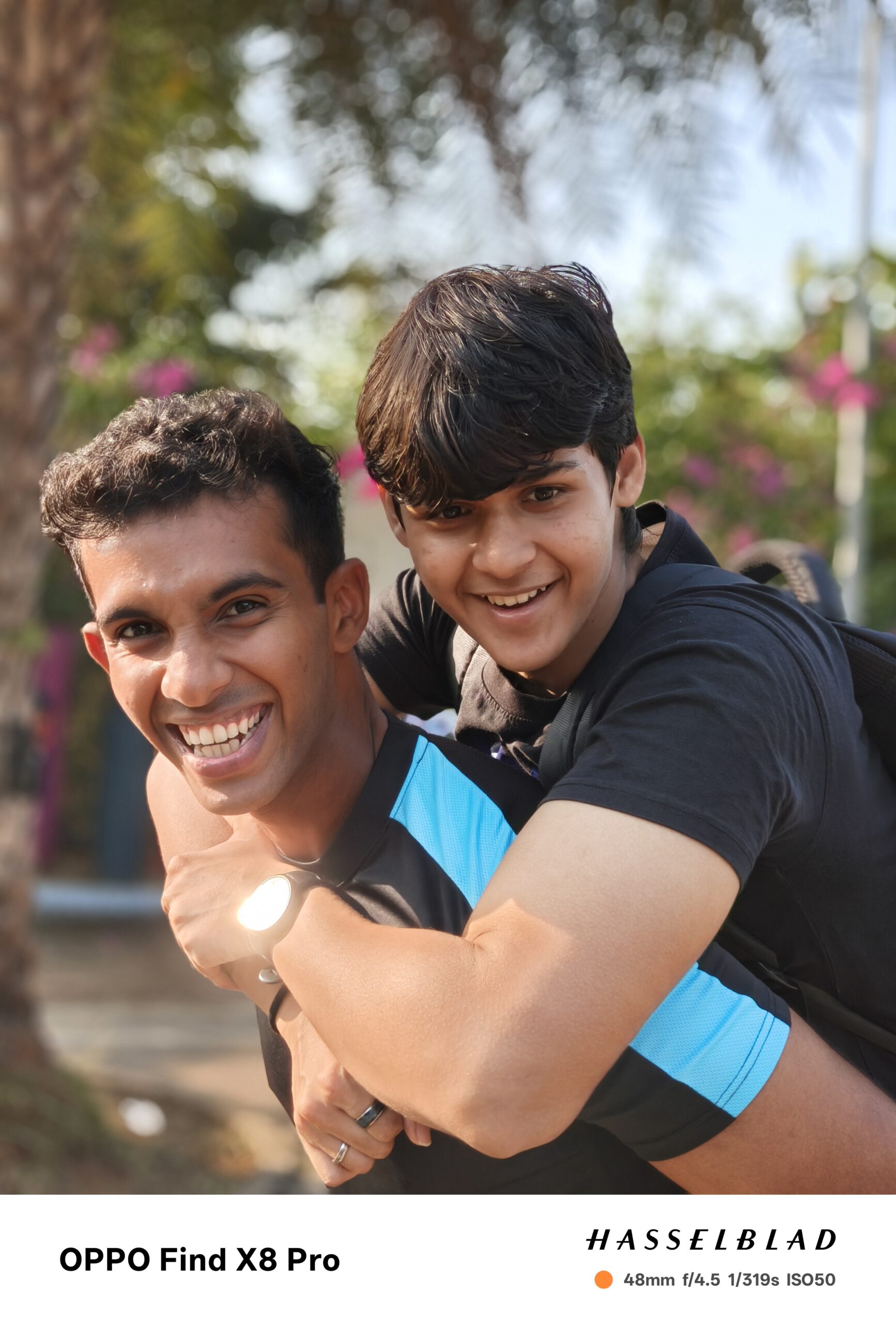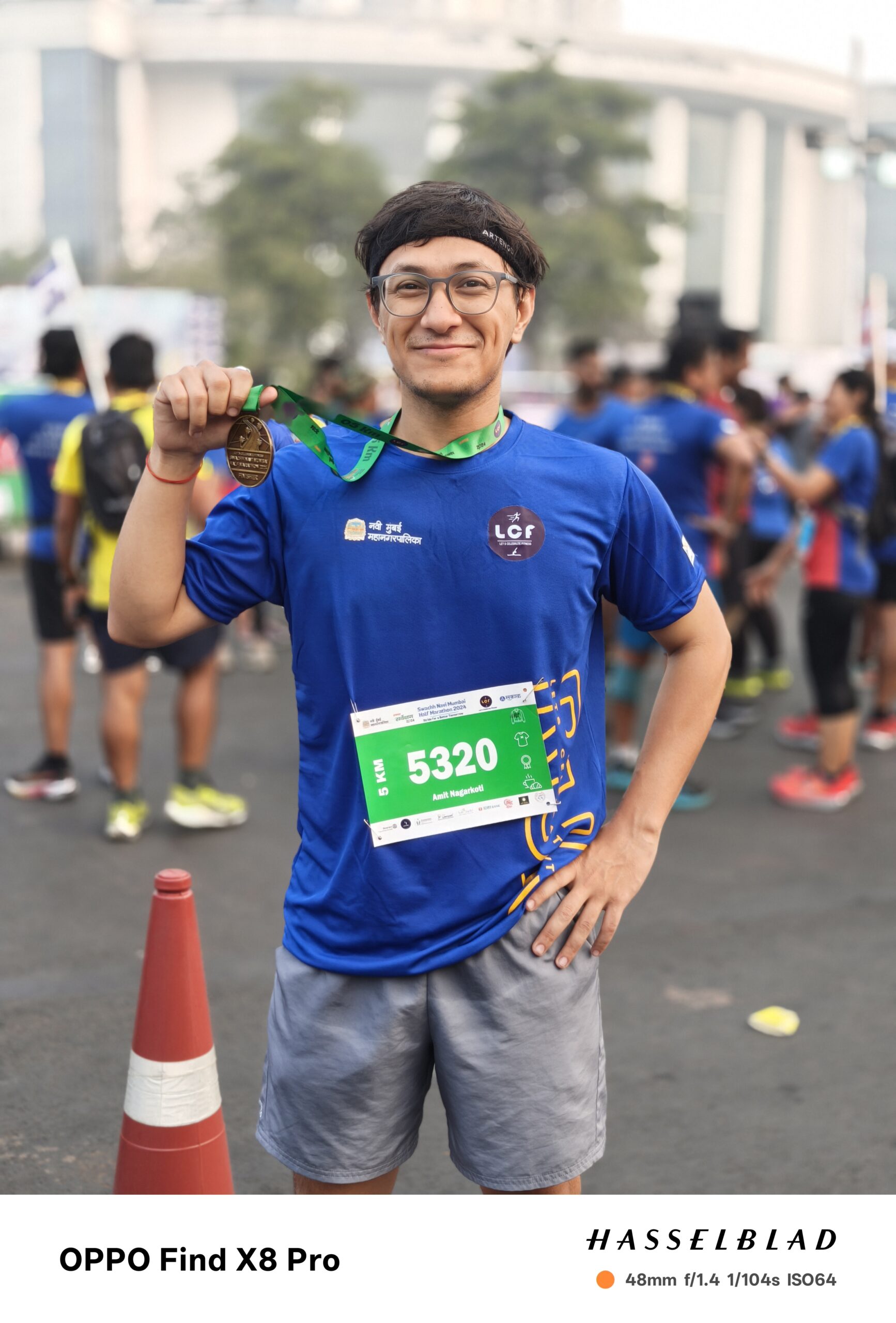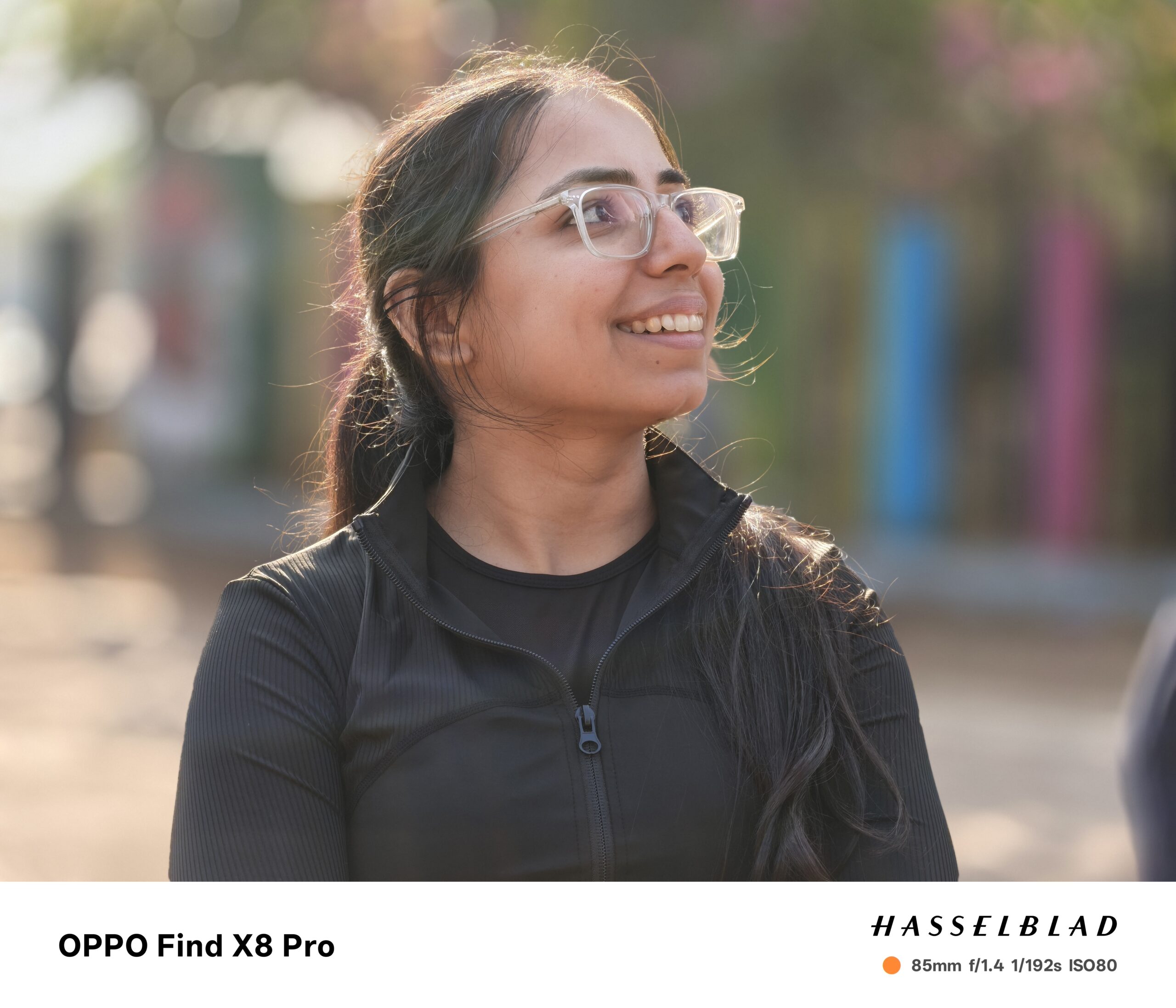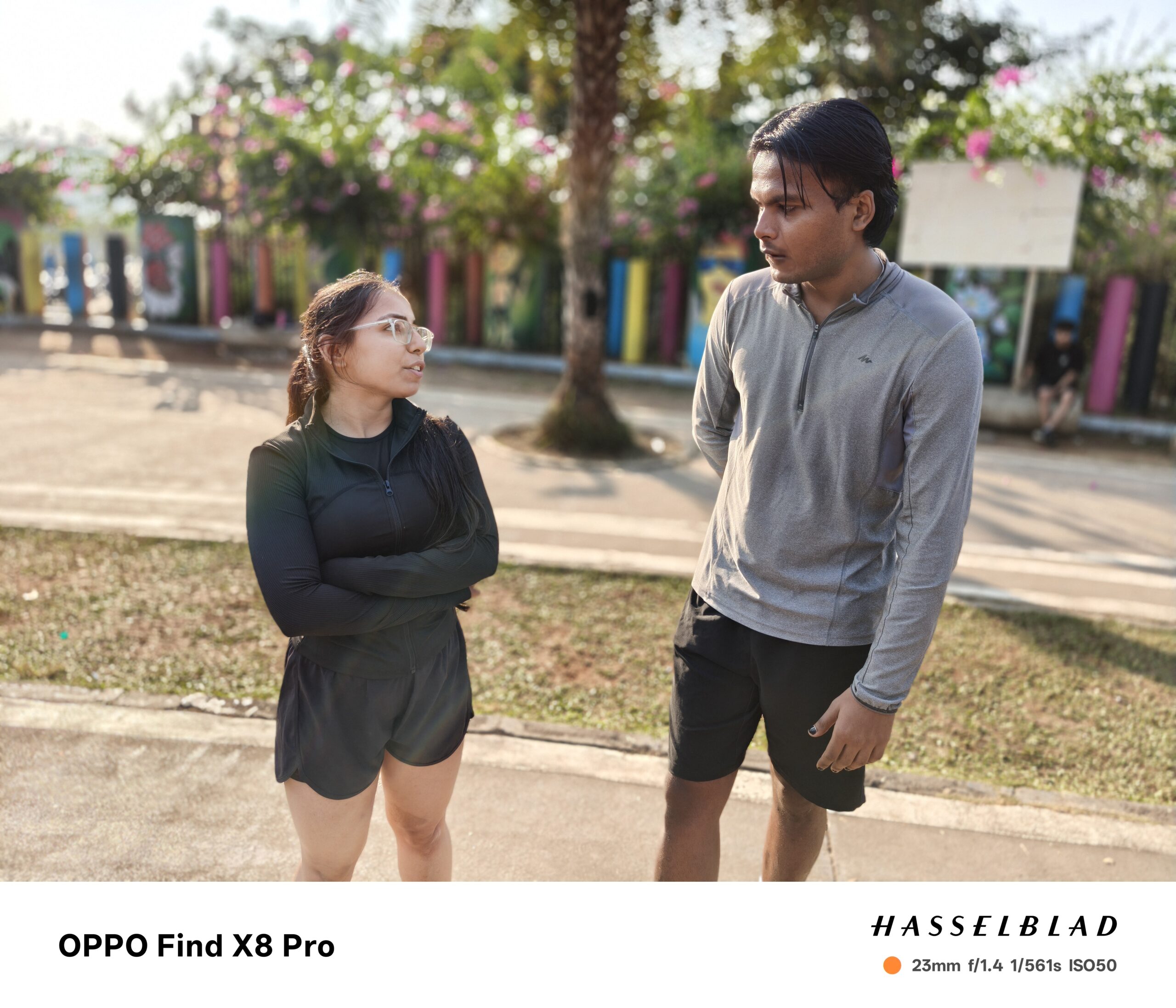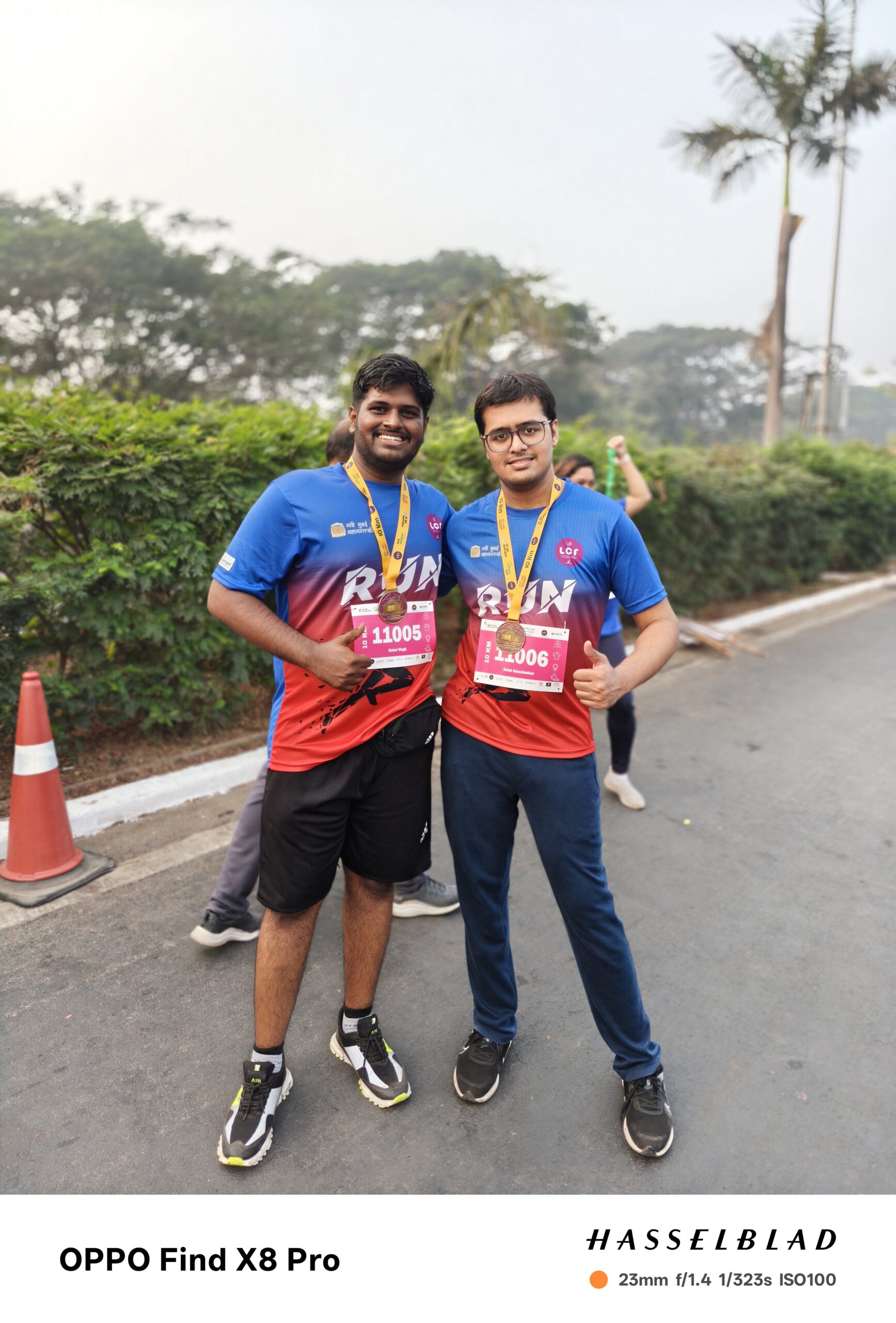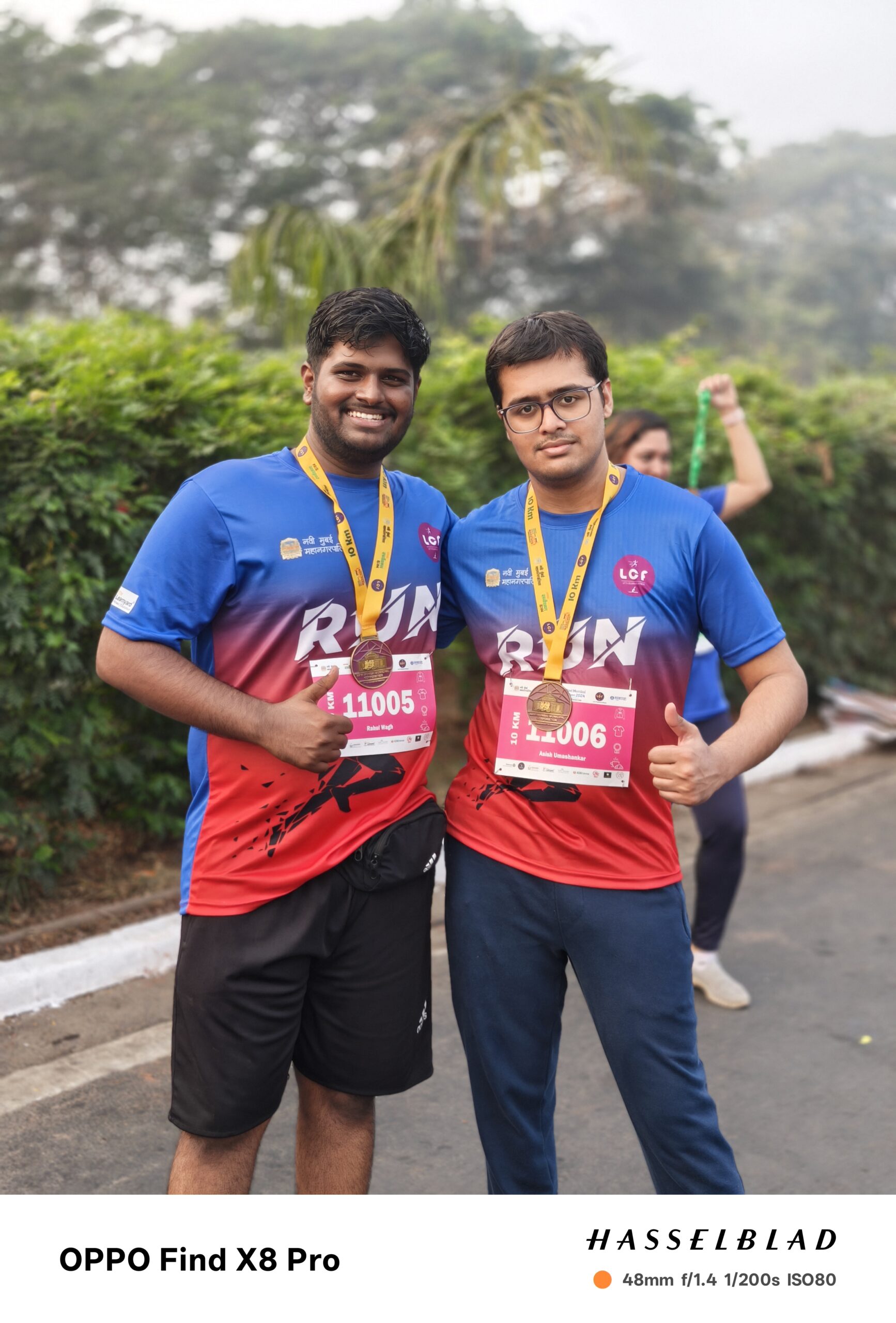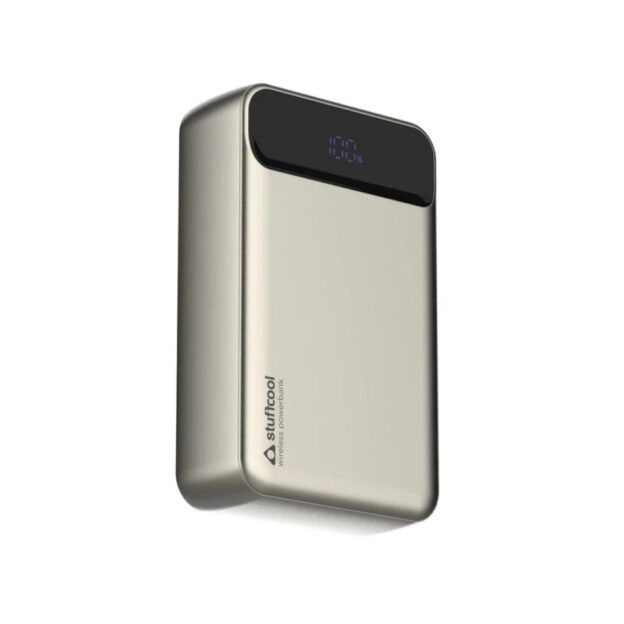Today, we’re diving into Oppo’s latest flagship smartphone—the Oppo Find X8 Pro. Priced at ₹99,999, this handset is the first to feature Oppo’s dual-periscope telephoto camera for global markets. After testing the device for a couple of weeks, I’ve gathered some interesting insights to share with you. Like previous editions, the camera system here is a collaboration with Hasselblad. At a price point of ₹1 lakh, is this system truly worth it? Let’s find out.

Look, Body & Feel

The Oppo Find X8 Pro is lightweight, featuring a flat design that feels sleek, albeit a little slippery. The back showcases a familiar circular camera module, but the positioning has changed from the X7 Pro. Unlike its predecessor’s less appealing design, this new layout looks much cleaner. I particularly love the small orange line on the module, signifying the Hasselblad collaboration, along with subtle camera details etched at the corners. Another highlight is the camera control button, similar to the one introduced in the iPhone 16 series—a feature I suspect more phones will adopt.
Cameras
The Oppo Find X8 Pro boasts a quad-camera setup on the rear, each with 50MP sensors and a
little more on those sensors later:

- Main Camera: Sony LYT 808
- Ultrawide Camera: Samsung JN5
- Telephoto Camera: Sony LYT 600
- Super Telephoto (Periscope) Camera: Sony IMX 858
- Front Camera: Sony IMX615 (32MP)
- Powered by MediaTek Dimensity 9400 processor.
Daylight Main Camera
The main camera uses the Sony LYT 808 sensor and shoots at 14.3 MP with the 23mm. It also
allows you to shoot 3 focal lengths — 23, 28 and 35mm. The images from the camera are good.
They look well saturated, sharp and also display good tonal range. The highlights and shadows
performance is also good.
The images are also consistent across the focal range, but on zooming in it isn’t the sharpest
image that you might see. But what I liked is that it isn’t processed, and the phone has kept the
originality of the image in place, even while shooting skins tones.
Daylight Ultrawide Camera

For the ultrawide camera, the phone uses the Samsung JN5 sensor and this also shoots at 14.3 MP at 15mm focal length. The images again are true to the scene and natural looking. The tonal range is also good and on zooming in it holds up decent details as well. There is a visible amount of lens flare in the image, and against the sun the shadows and highlights performance could be better. The colour reproduction is good and what I liked is that despite being a ultrawide camera, there is very less distortion in the image.
Daylight Telephoto
The telephoto lens of this system is interesting. It uses 2 camera system to shoot the images, one is the Sony LYT 600, which is used to shoot between 3-6x and the other is the new super telephoto (periscope) camera, which uses the Sony IMX 858 to shoot beyond 6x upto 120x. At 2x, the images are slightly more saturated than usual, but it still uses the main camera to shoot at 2x. At 3x, the images are slightly saturated as well but don’t seem too processed. The colour tones are good, and the sharpness is also decent. Across the zoom range also, it is able to provide consistency unless you start shooting at 600mm. You can start seeing some colour fringing with yellows coming out on the images and also some reddish tinge in the skin tone sometimes.
Lowlight Cameras
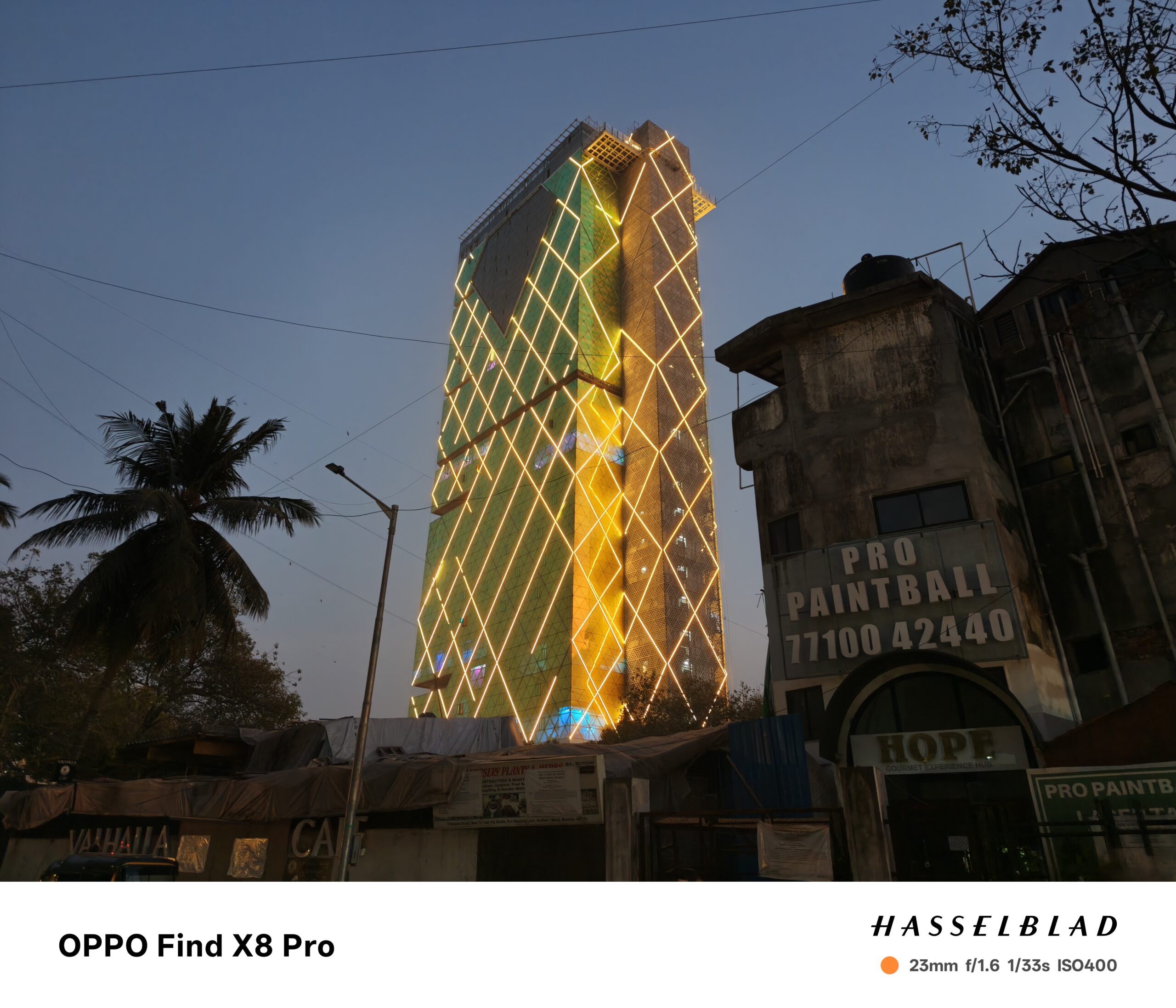
In lowlight, the images are pretty impressive from the main camera. It is able to appropriately light up the scene evenly and also displays decent sharpness. It is able to maintain natural colour tones and I really liked that. Much like the main camera, it doesn’t overcook the images as well.
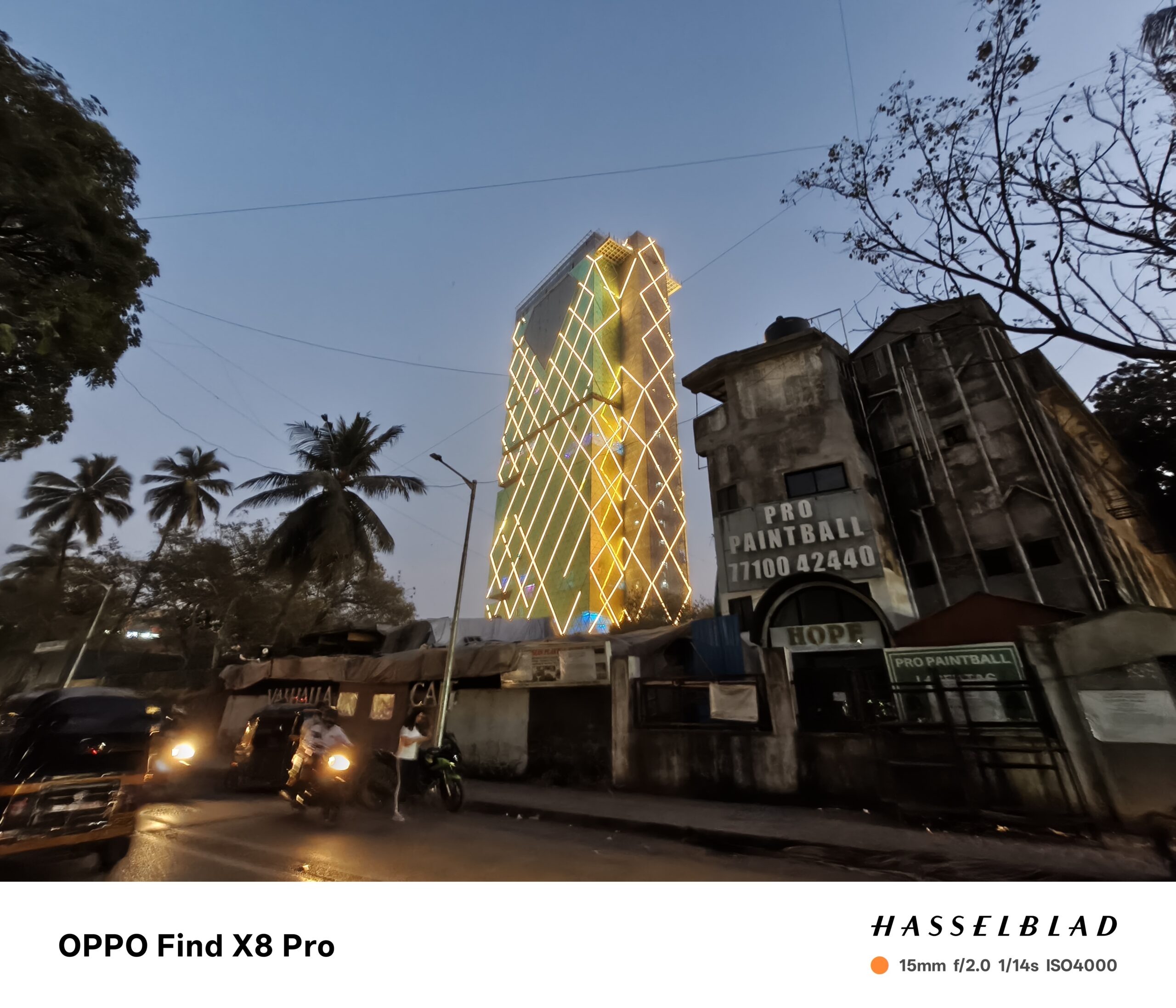
But the phone takes a some beating when it comes to ultrawide in lowlight. The images are underexposed and also lack sharpness and details on zooming in some cases while on the other it lets in too much light burning some images. You can also see the over processing in the images as well.
The performance of the telephoto is impressive. The images even in lowlight are sharp to a certain extent and also give a consistent performance in most cases. Yes, on zooming in a lot there might be loss of detail and this is common. And on high zoom you can see the images being over processed with the phone compensating
to deliver a good result. There is also some visible flaring happening in the images as well.
Front Camera
The images from the front camera are good. They are sharp and well saturated and detailed. You have 2 lenses to shoot with, 21 and 25mm according to your preference and the image quality is identical between both these lenses.
In terms of portrait mode, the pics are ok. The edge detection is ok and probably could’ve done
better in this case. You can see some traces of the phone trying to identify the difference
between the background and the subject, and coz of this there is a some haziness on the edges.
In the front camera video, it can shoot 4K up to 30fps. The video is crisp, clear and sharp.
Portrait Mode
And you can see a similar performance in some portraits from the back cameras as well.
But before we talk about that, the phone gives you the option to use 4 cameras to shoot portraits with.
And in terms of output, the pics are great. The images are warm and pleasing to the eye. They are sharp as well and also pretty clear even on zooming in. But there are a few things that I noticed which I wanted to talk about.
First, at a lower focal range, the cameras have an average edge detection and the images look good, but the background looks more like a cutout. Similar to the front camera, you can see that the phone isn’t able to identify the edges very well. But as you move higher on the focal range, then the performance becomes really good. You can see the difference.
Second, at the lower focal range, the camera isn’t applying any skin smoothening, but the moment you go to higher focal range then it starts skins smoothening. And I am not sure what’s happening with most recent phones these days. I found something similar in the Vivo X200 as well.
Third, if there is another human in the background, then the phone isn’t able to tell the difference and makes it look like the same person. And sometimes this may result in photos where half the background might still be in focus. Although this isn’t something that can’t be fixed in the software update.
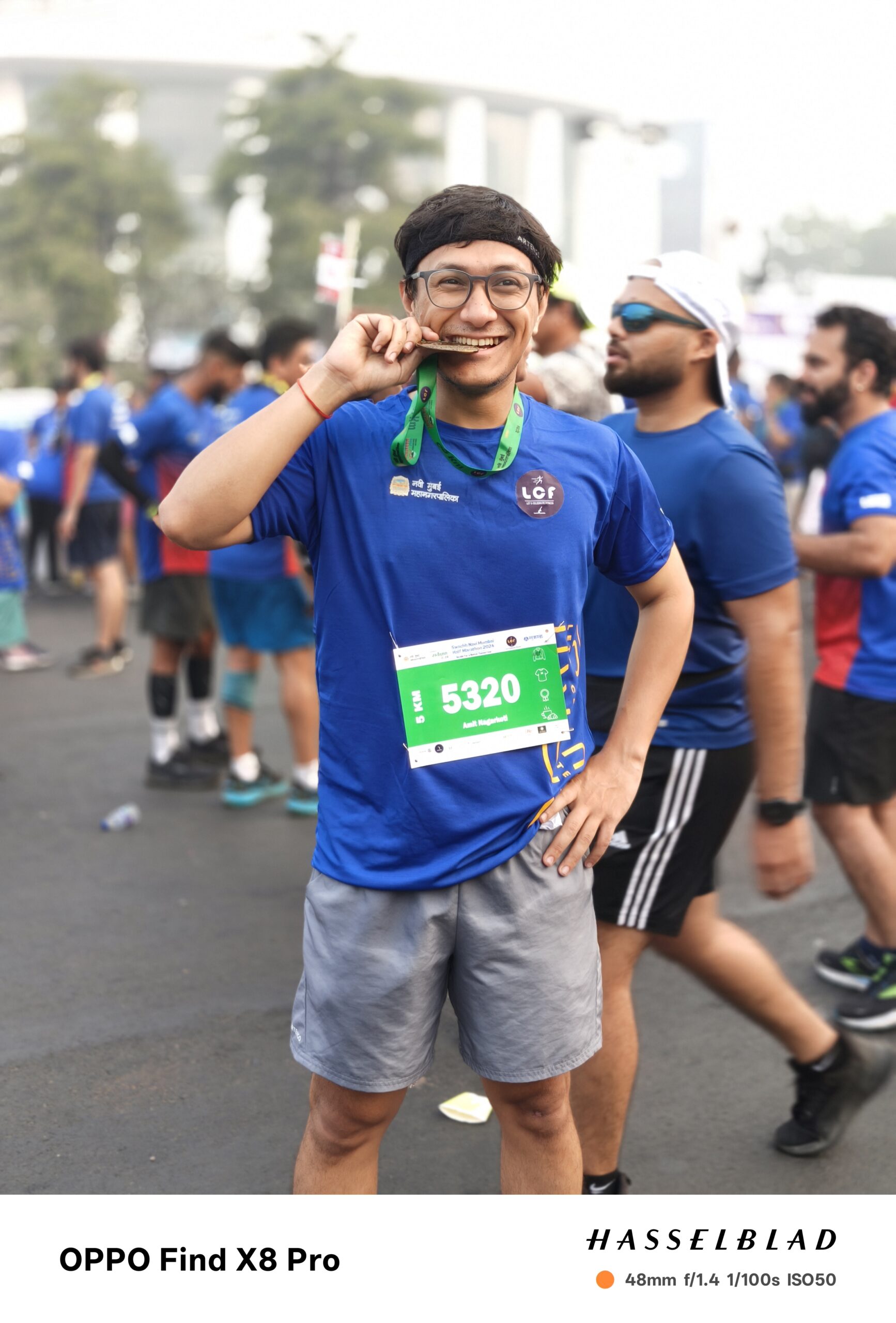
If you’re using this mode, our recommendation would be to use the blurring at a minimum of F/2 for natural, eye-pleasing results. Watch our review video for the images we spoke about.
Video
The rear camera can shoot 4K up to 60fps. In daylight, the video is crisp, autofocus is responsive & works well, the colour saturation is also good. This also features OIS (optical image stabilization) in 3 out of it’s 4 cameras (UW doesn’t have one) and it works really well to stabilize shaky footage. Of course in a very shaky scenario it won’t work well, but overall it is decent. Watch our video review linked below to see how the videos look like out of this phone.
Macro
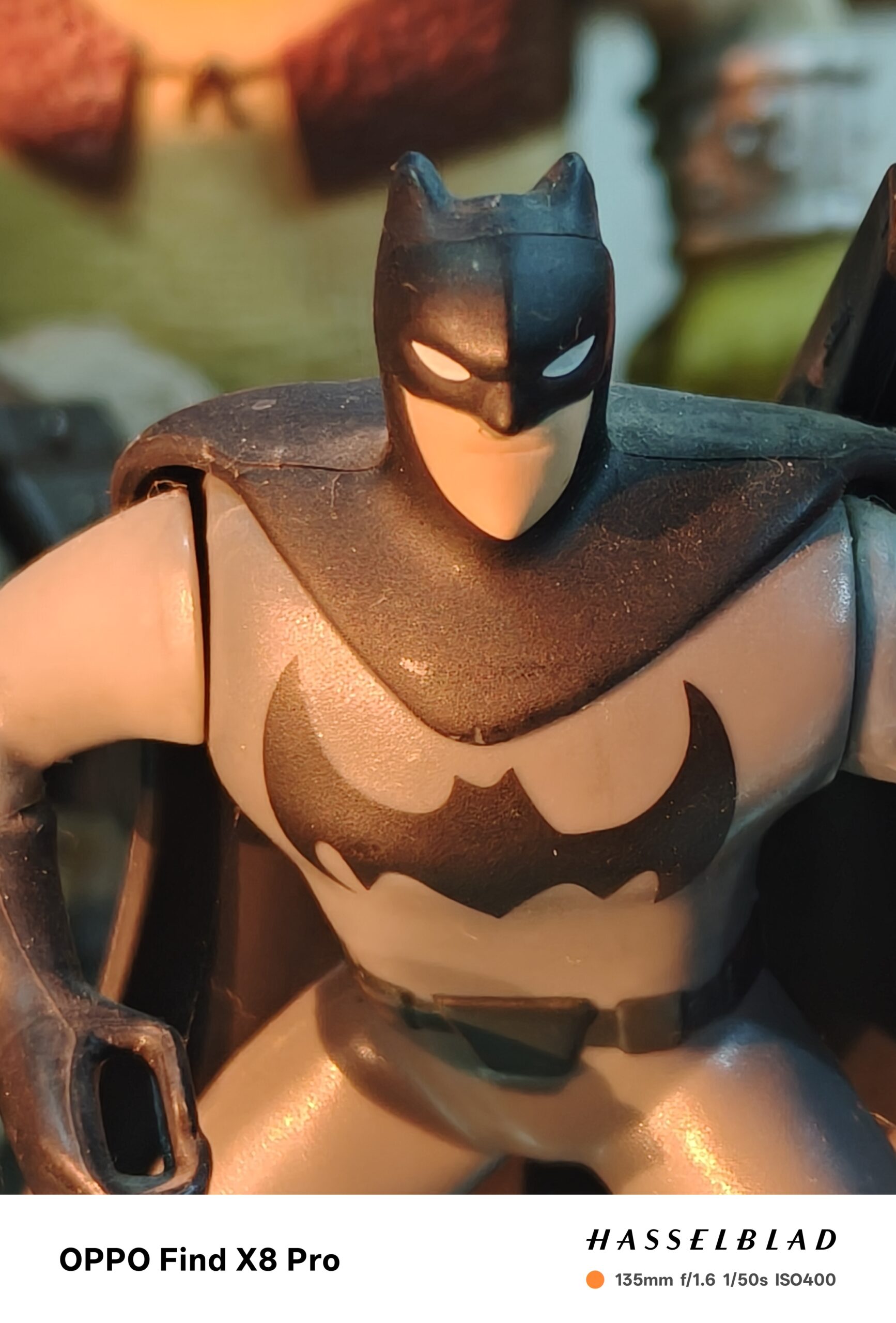
The phone can shoot macro, but at best I felt that the images were OK. The sharpness as compared to some other phones was not that great and this could be better.
Battery Life
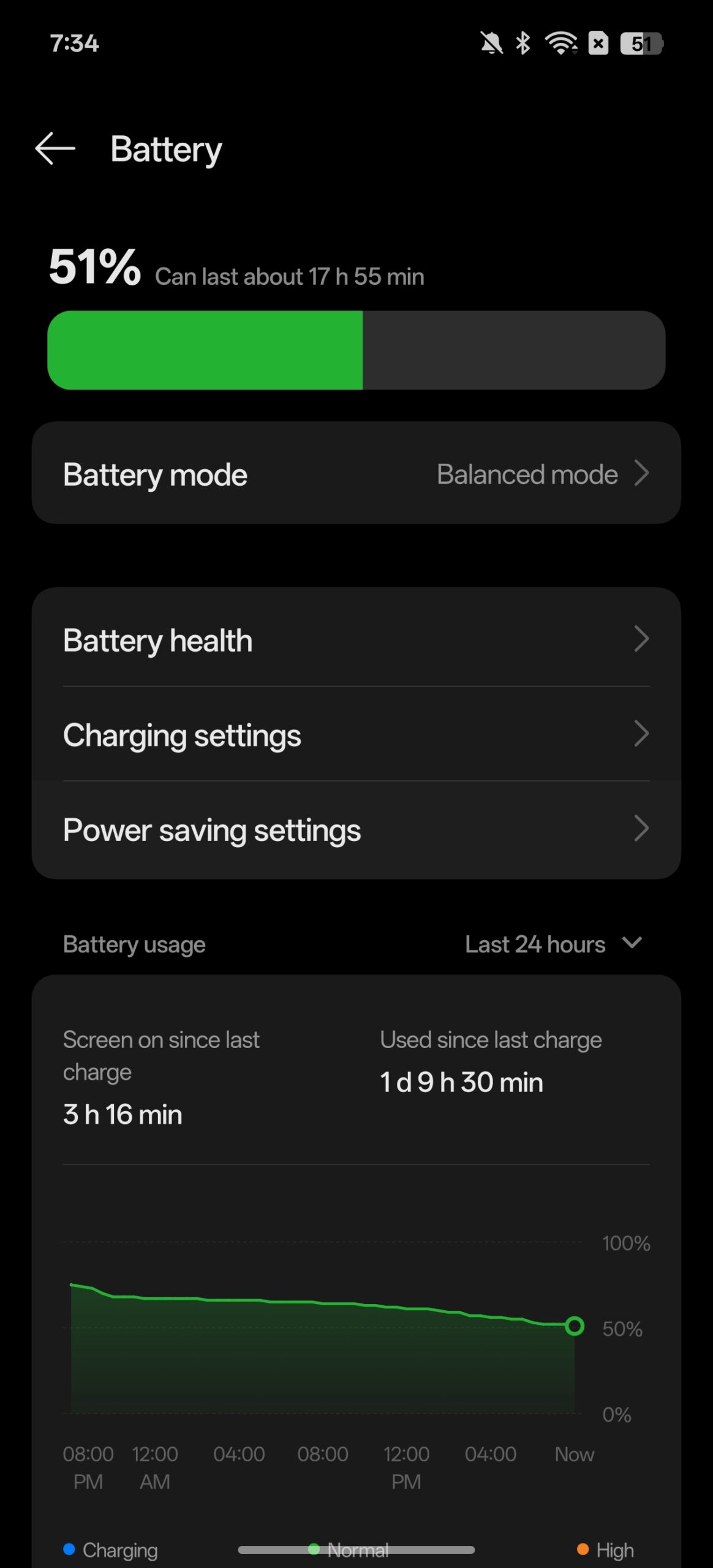
The 5910mAh battery comfortably lasts over a day of heavy use or up to two days with light use. At 51%, the phone predicts 18 hours of usage in balanced mode, translating to an estimated 36 hours at full charge. Moderate use can bring this down to under 24 hours—still a strong performance. The device also supports 80W wired fast charging and 50W wireless charging.
Conclusion
So, is the Oppo Find X8 Pro worth ₹1 lakh? The camera system delivers accurate and consistent results in daylight, with decent lowlight performance. Portraits are vibrant and appealing, though edge detection could use improvement. Video quality is solid, and the overall experience leans more toward positives than negatives. Ultimately, it’s a robust offering for photography enthusiasts. Would you spend ₹1 lakh on it? Let us know in the comments!
Watch our video review:

